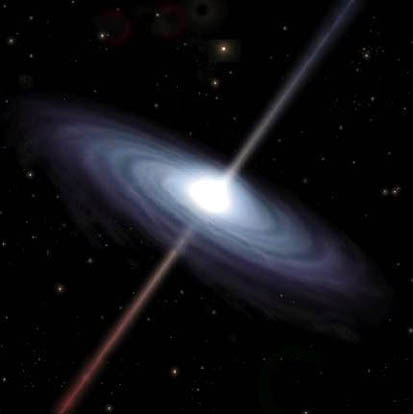|
A question that's baffled scientists for a long time is, where is the antimatter? Having been created from seemingly equal components of matter and antimatter, the Universe should really contain both, but seems not to. And then there's Symmetry, keeper of the Gate, maintaining an order that circumvents the apparent quantum chaos, and the baffling problem that everything keeps reverting to Infinity. I've a conversation between Nix and MaryAnne to thank for this, as relayed to the kitchen table this evening. The thought that every particle has its mirror particle in antimatter format, if you go down to the quark layer, doesn't seem implausible. If gluons are strong enough to hold quarks together under the most stringent tests of duress, why should they not equally be strong enough to repel them at the same level of force? With three pairs of quarks and neutrinos to consider, and antimatter existing in a 'sister dimension' to consider (given that antimatter can be contained in this dimension at all, there has to be some quandary to overcome), could the energy contained within the quark-gluon system be sufficient to simply hold everything together while simultaneously allowing it to change? If there's a supermassive black hole at the centre of the Universe and a smaller one at the centre of each galaxy, and if in each of those there is a singularity, surely the possibility that the singularity connects the matter and antimatter versions of our Universe gives logical rise to a white fountain on the other side, or to suns here where there are black holes there, and vice versa? Where we find negativity there would be positivity and vice versa. Interesting.
0 Comments
Leave a Reply. |
AuthorKathy Ratcliffe has studied quantum mechanics since 1997 in a life surrounded by birds and animals, She's a metaphysicist, if such a thing exists, looking as we all are for the inevitable bridge between humanity and particle physics. Archives
April 2023
Categories |

 RSS Feed
RSS Feed
